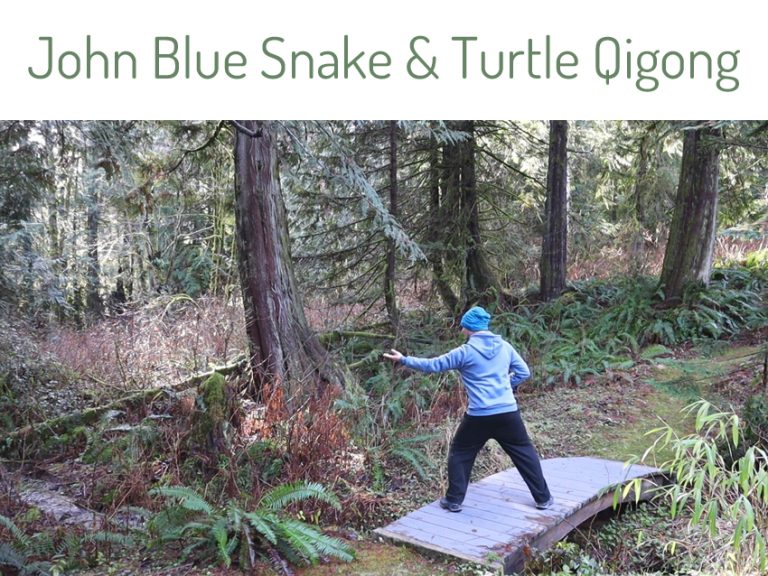Nourish Through Breath Part 4

Nourish Through Breath Part 4
Learn Breath Work Techniques
The next part in my better breathing series, looks at the involvement of the pelvic floor when taking a full diaphragmatic breath, for both the relaxing Buddhist breath and the energetic Taoist breath. Learn about balloon breathing and kidney breathing techniques to develop your breath work skills.
Part Four Contents
19. Pelvic Floor
20. Balloon Breathing
21. Kidney Breathing
Pelvic Floor
Involvement of the pelvic floor is an important aspect of diaphragmatic breathing. The pelvic floor is a muscle similar in structure to the diaphragm, described as a hammock or a sling. It is composed of both muscle and connective tissue. The pelvic floor spans the base of the pelvis.
In Traditional Chinese medicine, the diaphragm and pelvic floor are describe as two plates. These plates are co-ordinated in movement, during the inhale and exhale, moving up and down together. In Traditional Chinese medicine, the pelvic floor is described as perineum, the Huiyin Cv-1 point, and is often called the anus. The acupuncture point location is the skin in the middle between the genitals and the anus. When reading Traditional Chinese medical texts, practising Qi Gong and Tai Chi, the name perineum or anus is used, meaning the complete pelvic floor.
When expanding and contracting the pelvic floor, do not use force. Develop a ‘lifting sensation’, ‘holding up’ or ‘withdrawing inward and upward’ feeling.


Buddhist Breathing - Pelvic Floor
Abdominal breathing including the pelvic floor. The next step in training the breath, is to co-ordinate abdominal breathing with the pelvic floor. The diaphragm movement remains the same as before.
- When breathing in, the diaphragm and pelvic floor flatten down.
- The diaphragm is active and contracted, whilst the pelvic floor is relaxed.
- When breathing out, the diaphragm rises up and you hold the pelvic floor up.
- The pelvic floor is active and contracted, whilst the diaphragm relaxes upwards.
Practice for 10-20 minutes.

Taoist Breathing - Pelvic Floor
Reverse breathing including the pelvic floor. The next step in training the breath, is to co-ordinate reverse breathing with the pelvic floor. The diaphragm movement remains the same as before.
- When breathing in, the diaphragm flattens down and you hold the pelvic floor up.
- The diaphragm and pelvic floor are active and contracted.
- When breathing out, the diaphragm rises up and you relax the pelvic floor.
- The diaphragm and pelvic floor are relaxed.
Practice for 2-5 minutes.

Balloon Breathing
This breathing technique helps to develop a spherical breath. Sometimes when learning about taking a full breath, a trap to fall into is that only the abdomen rises and falls during the breath. In some cases, this can be through the person pushing the abdomen out and withdrawing it, rather than it being a movement caused by the diaphragm moving up and down. Using your imagination, this balloon technique can help foster whole torso motion when breathing.
Imagine a balloon central in the body, two inches below the navel and centrally within the body. This is called the lower Dantian location in Traditional Chinese Medicine. It is also the centre of gravity. Use the Buddhist / abdominal breathing method, the relaxation breath. This brings the movement into the lower abdomen, side waist and lower back.
- Inhale as the balloon inflates.
- Expanding the abdomen, side ribs, back ribs and lower back.
- The spine will flex subtly.
- Exhale release the breath and relax.
Practice the technique for 5-10 minutes.

Kidney Breathing
This is a version of lower back breathing. Use the Buddhist / abdominal breathing method, the relaxation breath. To practice with tactile feedback from the spine, try this lying down with the knees up or down. You will then feel the spine pressing into the floor/bed/surface as the spine expands outwardly. The movement of the spine is subtle. In Traditional Chinese medicine, visualise breathing into the kidneys. In Traditional Chinese medicine the kidneys are blue in colour. Visualise a bright blue light filling both kidneys.
- Inhale draw the breath into the lower back, flattening the curve.
- Exhale and restore the lower back curve in the spine.
Practice the technique for 5-10 minutes.
Copyright Notice
© 2021 www.earthbalance-taichi.com All Rights Reserved. As the author and designer of this tutorial, I am granting you permission to use these resources for your own personal use only. Reproduction of any kind without prior written permission is strictly prohibited - this includes but is not limited to making copies, distributing, teaching, selling or publishing online or offline whether for personal, educational or commercial use. Privacy policy www.earthbalance-taichi.com/disclaimer/
Terms of Use
The information contained on this webpage is for entertainment purposes only. The information provided is not advice, and should not be treated as such. The information is provided by “earthbalance-taichi.com and Earth Balance Tai Chi” and whilst we endeavour to keep the information up-to-date and correct, we make no representations or warranties of any kind, express or implied, about the completeness, accuracy, reliability, suitability or availability with respect to the Ebook or the information, products, services, or related graphics for any purpose. Any reliance you place on such information is therefore strictly at your own risk. In no event will we be liable for any loss or damage including without limitation, indirect or consequential loss or damage, or any loss or damage whatsoever.
Medical Advisory
Before starting this programme please consult with your doctor. Earth Balance Tai Chi cannot be held responsible for any injury, harm or damage caused directly or indirectly by relying on the information on this webpage.













